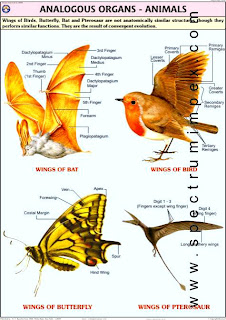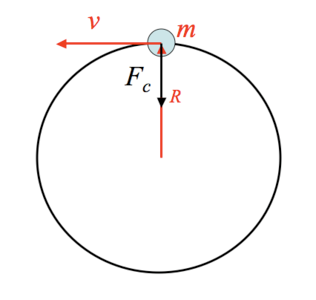What is Evolution?


The answer is, it the development of the organism in which it diverges and gives off different species.
The main requirements for evolution are
Who is the Father of founder of Evolution?
It is Empedocles, and it was Buffon who carried on the further studies.Even after the foundation of Evolution, this term was not particularly used thus Evolution was first used by Herbert spences
The main requirements for evolution are
Who is the Father of founder of Evolution?
It is Empedocles, and it was Buffon who carried on the further studies.Even after the foundation of Evolution, this term was not particularly used thus Evolution was first used by Herbert spences
- Organic evolution:
- Or. Evolution is slow but continuous process
- Or. Evolution brings changes in organisms over time to time
2. Inorganic evolution:
The changes in non-living beings it is called inorganic Evolution. BUt is merely used.
Evolution accepts Descent with modifications that is new characters and modifications are seen in offsprings.
Factors supporting Evolution:
Homologous organs:
The organs present in different species are called homologous organs if they are structurally same but different in their functions and characteristics. Some examples of Homologous organs are:

- Limbs of diffrent vertebrates such as hand of man, leg of horse, wing of bird, patagium of bats, flipper of whale. Though they are structurally same thier functions are different. All of their arrangements are in the order as such: Humerous, radius, ulna, carpels, metacarpels and phallenges. All of the above mentioned organisms posses the same struture but their functions are grasping, sprinting, flying, flying and swimming repectively. This supports DIVERGENT EVOLUTION that is even if the structure and origin of appendegases are same they diverge thmselves for different functions.Mouth parts of insects also belongs in this category. Remember the mouth parts of insects are same but they perform different functions such as in butterfly(sucking), mosquito (biting), bee (chewing ).
- Teeth of organisms have similar origin and structure., they are generally arranged in the pattern I C P M - 2 1 2 3.
- Thorns of Bouganivillea & tendrils of cucurbits are almost similar in structure and origin but the thorns in Bouganivillea helps in protection and the tendrils helps for the climbing.
- Ovaries & Testes, Penis & Clittoris, Finof fish and wings of birds. All of these organs have similar structure but different funtions
- Leg of different insects
Analogous organs:

These are the organs having similar functions but different structures. This also supports Evolution. Some examples are
- Wings of insects and wings of birds. They have different structures but similar functions for flying. This supports CONVERGENT EVOLUTION.
- Eyesof squids and eyes of fishes. Their structures are different.
- Sting of Honey bee and sting of scorpians. The Sting of Honeybee is ovipositor that is originates from the part of the body used for the storage of eggs whereas the sting of scorpians are originated from the abdominal cavity.
- Trachea of insects and other animals are vastly different from each other in structure but both of them help in the process of respiration.
- Crustaceans and fish both possesses gills but their structure is different but their funtion is same.
- Fin of fish and flippers of whale are never alike. BUt both of them help in swimming.
- Stem of Ruscus helps in photosynthesis whereas other plant do this through leaf.




 .Now an electron can't move in a definate orbit all the time, while moving it either gains energy or looses energy. Bohr's atomic model assures that when an electron looses energy it jumps to a lower orbit and when it gains energy it jumps to a higher one.
.Now an electron can't move in a definate orbit all the time, while moving it either gains energy or looses energy. Bohr's atomic model assures that when an electron looses energy it jumps to a lower orbit and when it gains energy it jumps to a higher one.












